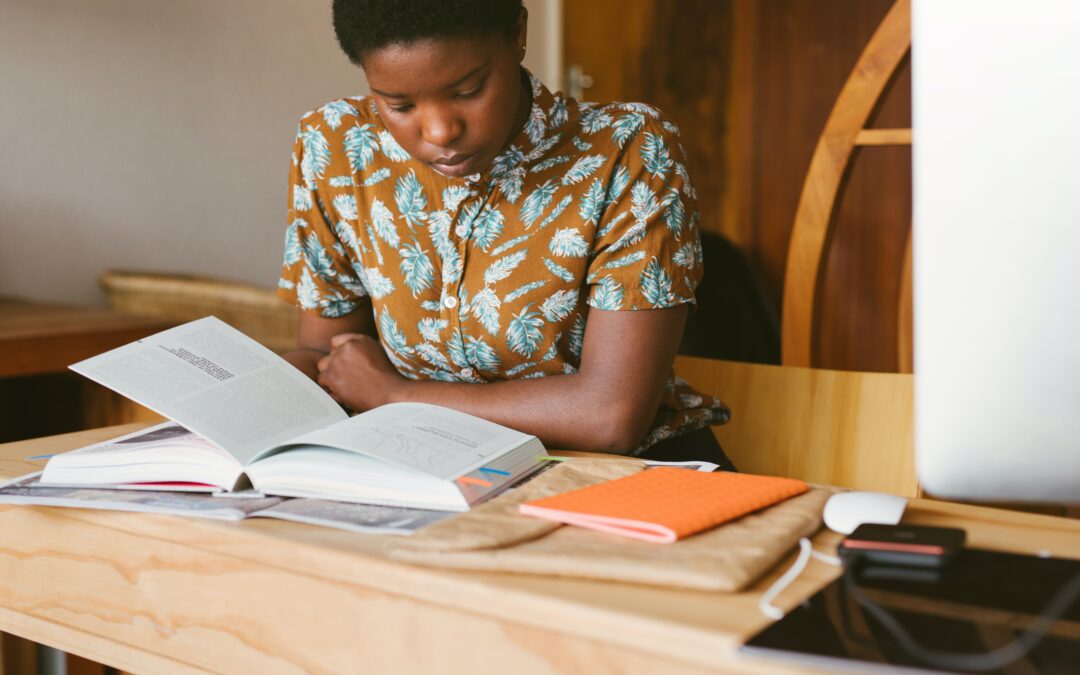In the world of education, one size does not fit all. Each student has a unique learning style that influences how they process and retain information. As a tutor, understanding and accommodating these various learning styles is essential for providing effective and personalized instruction.
In this blog, we will explore the different learning styles and discuss tutoring techniques tailored to meet the needs of visual, auditory, kinesthetic, and read/write learners.
Understanding Learning Styles
1. Visual Learners
Visual learners learn best through images, diagrams, charts, and other visual aids. They grasp information more effectively when they can see it in action.
2. Auditory Learners
Auditory learners thrive on listening and speaking. They understand and retain information best through verbal explanations, discussions, and lectures.
3. Kinesthetic Learners
Kinesthetic learners are hands-on individuals who learn through physical activities and experiences. They comprehend information better when they can interact with it.
4. Read/Write Learners
Read/write learners prefer textual information. They excel in reading, writing, note-taking, and organizing information in written form.
Tutoring Techniques for Visual Learners
a) Use Visual Aids
Incorporate charts, graphs, diagrams, and videos into your tutoring sessions to help visual learners grasp complex concepts.
b) Mind Mapping
Teach visual learners how to create mind maps to organize information in a visually appealing and memorable way.
c) Show and Tell
Use real-life examples and demonstrations to illustrate abstract ideas and make learning more engaging.
Tutoring Techniques for Auditory Learners
a) Encourage Verbal Interaction
Engage auditory learners through discussions, debates, and Q&A sessions to reinforce their understanding.
b) Record Sessions
With the student’s permission, record tutoring sessions so that auditory learners can review the material by listening again.
c) Explain Aloud
When explaining concepts, use clear and concise language, and encourage auditory learners to repeat information to reinforce learning.
Tutoring Techniques for Kinesthetic Learners
a) Hands-On Activities
Incorporate interactive activities, experiments, and simulations into the tutoring process to cater to kinesthetic learners.
b) Role-Playing
Use role-playing to help students understand real-life applications of concepts and develop problem-solving skills.
c) Movement Breaks
Allow short breaks during sessions for movement-based activities, as this helps kinesthetic learners stay focused.
Tutoring Techniques for Read/Write Learners
a) Provide Reading Material
Offer textbooks, articles, and written explanations to read/write learners, allowing them to delve deeper into the subject.
b) Effective Note-Taking
Teach them how to take organized and structured notes to enhance comprehension and retention.
c) Writing Exercises
Assign written assignments or essay-style responses to reinforce learning for read/write learners.
Integrating Techniques for Multi-Modal Learners
Many students possess a combination of learning styles, known as multi-modal learners. As a tutor, you can integrate techniques from different styles to cater to their preferences. For instance:
a) Visual-Auditory Learners
Use visual aids while explaining concepts verbally and encourage discussions to reinforce understanding.
b) Kinesthetic-Auditory Learners
Conduct hands-on experiments and activities with verbal explanations and discussions to enhance learning.
c) Visual-Read/Write Learners
Combine visual aids with reading assignments and written exercises to cater to their preferences.
Conclusion
As a tutor, being able to recognize and adapt to the diverse learning styles of your students is crucial for their academic success. By implementing tutoring techniques tailored to visual, auditory, kinesthetic, and read/write learners, you create a more inclusive and effective learning environment.
Remember, flexibility and open communication with your students will foster a positive tutoring experience, ultimately helping them reach their full potential.

